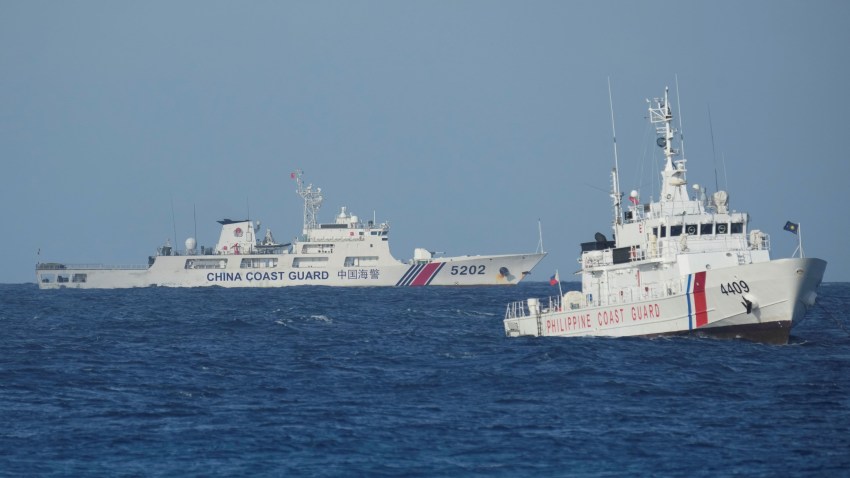In early December, Chinese maritime forces water-cannoned Philippine resupply vessels en route to the Second Thomas Shoal, a disputed land feature in the South China Sea that hosts a small Philippine military detachment. Aboard one of the targeted Philippine vessels was no less than the chief of staff of the Philippine military, who vehemently condemned China’s aggressive action, the latest in a series of incidents between the two countries in the disputed waters. Following the incident, the Philippine ambassador to the United States called the South China Sea “the flashpoint” that could spark “another … world war.”
Throughout the year, Chinese forces have repeatedly conducted dangerous maneuvers to swarm and intimidate Philippine resupply missions to Filipino marines precariously stationed on a grounded vessel in the area. Instead of backing down, however, the administration of Philippine President Ferdinand Marcos has upped the stakes by, among other things, proactively exposing China’s aggressive behavior, pressing ahead with reconstruction activities in disputed areas, welcoming expanded U.S. military presence on Philippine territory and doubling down on security cooperation with traditional allies.
In many ways, it might seem like the Philippines and China are sleepwalking into conflict. Upon closer examination, however, it’s clear that both sides are maneuvering for advantage in the disputed waters after six years of Manila’s fruitless strategic flirtation with Beijing under Marcos’ predecessor, former President Rodrigo Duterte. As part of that maneuvering, China is unveiling a new breed of intimidation tactics that falls short of an “armed attack” but is far more aggressive than the typical “Gray Zone” tactics employed by Beijing in adjacent waters. Crucially, the escalating tensions are also testing the limits of Washington’s commitment to its regional allies.

